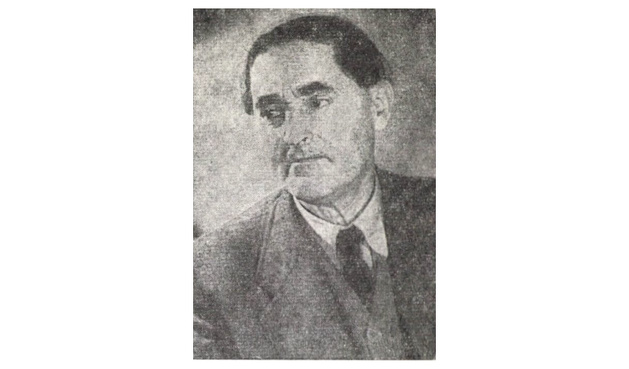123 years ago, on 15th March 1897, Ernő Winter was born. From 1925, Winter worked at Tungsram and became the leading figure of electron tube development and the Hungarian telecommunication industry.
At Tungsram and at various prestigious research institutes, Winter did outstanding work both in research and in forming the next generation of experts.
Ernő Winter was born as the youngest of a family of ten children in Győr, in Western Hungary. Due to his father’s early death, he went to work from an early age to finance his studies. After serving in WWI from 1915 to 1918, Winter studied at the Technical University in Budapest, where he graduated as a chemical engineer in 1925; he then took up work at the Tungsram Research Laboratory. Except for a short period of working at Splendor Factory in the Netherlands in 1928-1929, Winter was a leading figure of electron tube development at Tungsram Research Laboratory until after WWII.

The heart of radio sets used to be the valves or tubes. Producers of incandescent lamps first started to produce radio valves as the production technology of early tubes evolved from that of lamps, with the flow of electrons directed by a grid between the tungsten file and the bulb’s metal plate. The rapid spread of broadcasting induced engineers to the development of radio tubes at a neck breaking speed.
The speedy development of broadcasting induced Tungsram – a company that had already produced simple radio valves for the army in WWI – to establish a specific laboratory for electron tubes at the Tungsram Research Laboratory (Audion department) in 1922. Thanks to the committed work of Ernő Winter and his colleagues, Tungsram was able to keep pace with the rapid development of radio valves between the two world wars and also contributed to that development with solving many important problems. For example, in 1927-1928, Ernő Winter and Károly Czukor developed barium cathode tubes applying a technology at par with that of Philips. One may guess the significance of this technology from the price Telefunken, the other main European producer, was ready to pay to Tungsram for using it: Tungsram was allowed to use all patents owned by Telefunken concerning tubes with many grids. Winter developed a method to eliminate the so-called “microphony”, that is, sensitive valves giving an annoying sound whenever they were near to external noises such as another electrical appliance, or even as a result of someone just walking by or slightly hitting the table the radio was placed on. He introduced a method to considerably diminish the so-called grid emission (with a gold coating of the grid) allowing for a steep rise of valve performance. On the eve of WWII, all glass radio valves represented a large step forward in constructing radio valves; after the war, miniaturization did the same. Thanks to Winter and his colleagues, the Tungsram all-glass valves, as well as the miniature Tungsram valves were of excellent quality – especially the law energy consumption of the all glass valves was outstanding.
After WWII, Ernő Winter was a leading figure in joining Hungary into the next development stage of the telecommunication industry, that is: microwave technology; in that, he could lean on successful experiments at Tungsram during WWII. For example, as a member of the Institute for Research in Telecommunication, a state research institute working at Tungsram in Újpest, he developed cathodes capable of emitting an enormous electricity impulse. In 1951, he became a member of the Hungarian Academy of Sciences. As a member of the Commission for Telecommunication, he participated in the national organisation of component development and production. From 1958 to 1971, Winter was deputy director of the Institute for Technical Physics at the Hungarian Academy of Sciences and a founding member of the National Technical Development Committee (1961) as well. Ernő Winter remained a successful researcher until his death in 1971, and he played a vital role in forming many generations of experts in the Hungarian telecommunication industry.
Picture: Magyar Tudomány, A MTA Értesítője 78 (1971) 10, 652


